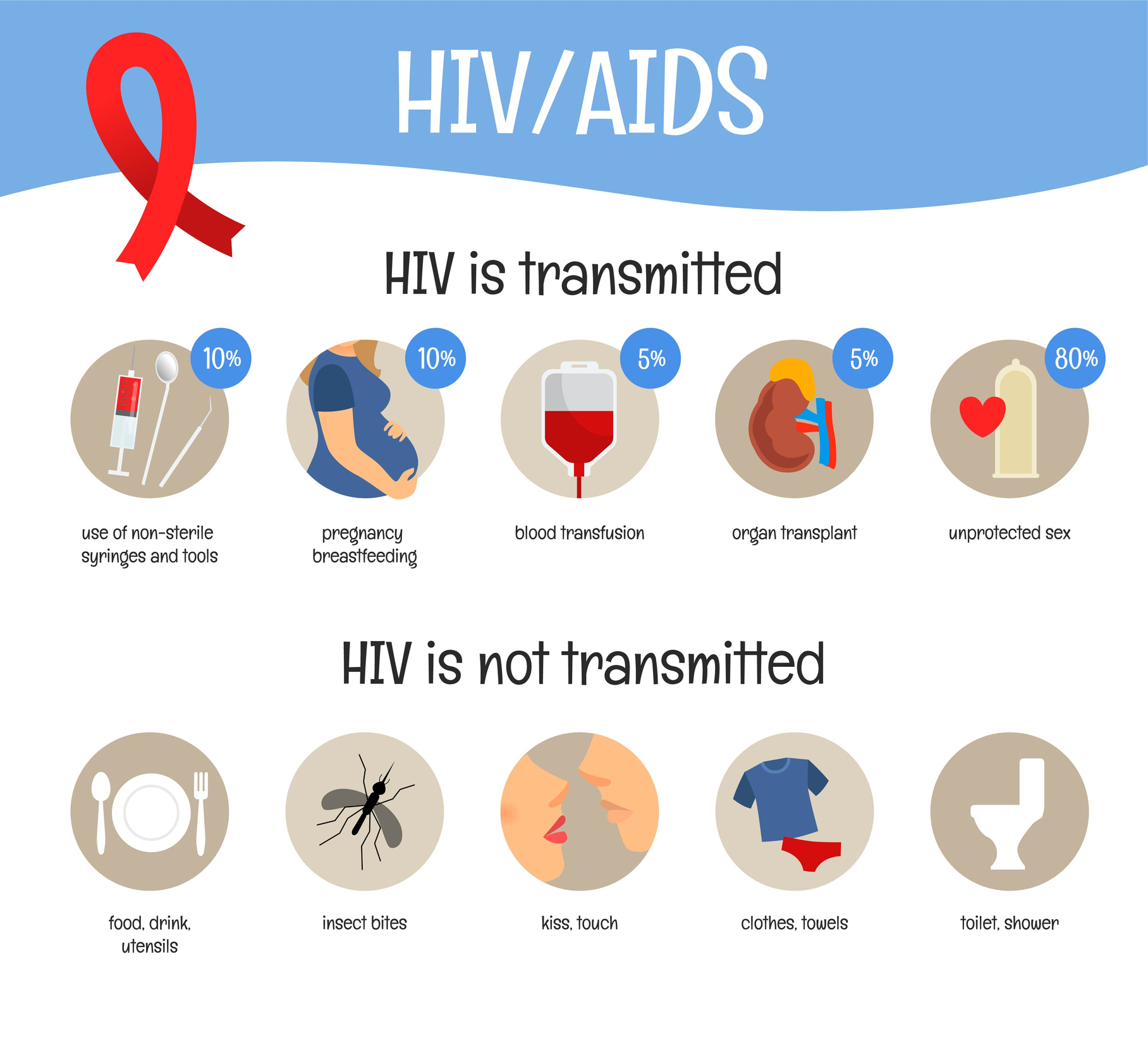- Published on
AIDS-- Signs, Stats, and Facts
- Authors
- Name
- Jake Konigsberg
- Role
- Founder
There are many unique symptoms encountered by those suffering from HIV and AIDS. Some of the most common symptoms and signs include:
Rapid weight loss
Pneumonia
Fatigue
Persistent diarrhea
Fatigue
HIV/AIDS currently affects over 1.2 million people in the United States. With modern day treatments and interventions, many of these people are doing very well. For example, over 56% of people with HIV or AIDS are virally suppressed or undetectable meaning their lives are virtually unaffected by the disease. This statistic shows how our ability to treat HIV and AIDS has come a very long way. The fact that we have come a long way in the fight against AIDS and HIV is especially evidence when considering that AIDS-related deaths have declined by 61% since 2004, and the rate of new infections has declined by 47% since 1998.
HIV spreads through blood, semen, and vaginal fluids. Additionally, gay and bisexual men and racial and ethnic minorities are at highest risk of getting HIV. Gay and bisexual men are at a high risk of developing HIV for two primary reasons. One, they often engage in anal sex which has a higher chance of causing the spread of HIV than other forms of sex becuase the rectum lining is thin, allowing HIV to enter the body. Two, HIV is transmitted from person-to-person through sexual fluids, so since the gay and bisexual male population have gotten HIV more often during the beginning of the AIDS epidemic, it has spread through the population. As a result of these two reasons, gay and bisexual men account for nearly 67% of all new HIV cases. Some specific ethnic and racial minority groups in the United States have a higher risk of developing HIV/AIDS. Specifically, African American and Latino communities are disproportionately affected with African Americans comprising 40% of HIV/AIDS diagnoses and Latinos 25%. The primary reason for this is that some communities have initially had higher rates of HIV/AIDS, meaning they are more likely to spread it throughout their communities.
